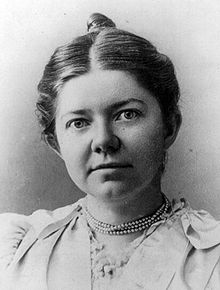Violinist
Hilary Hahn was in town this past April to perform at the Constella Festival.
While in Cincinnati, we had the pleasure of visiting with her in the WGUC
studios and came to find out who she considers to be her favorite woman
composer:
Hahn
told us that Jennifer Higdon has been a major influence in her life due to the
situation in which they first met. Higdon taught Hahn’s 20th-century
music history class when she was a student at the Curtis Institute of Music!
This class introduced her to the idea of how to listen to contemporary music.
She went on to tell us that Higdon was the first composer with whom she worked
where she did a reading session of a commissioned concerto, allowing her to
experience the editing process.
Before
wrapping up our chat on women composers, Hahn mentioned that, while many women
do compose, very few are represented in the media. She also stated that men and
women do not write differently from one another and that each individual person
has their own musical voice.
Now
that we discussed Hilary Hahn’s favorite woman composer I’m curious…who is your
favorite?



